Owner Review
Feels like a spaceship
I have been a bit of a Tesla fan boy since the early original Roadster days, but Teslas were way too expensive for me until the Model 3 came along. I had been wanting to minimise my carbon footprint and bought solar panels and a Tesla Powerwall battery around the same time my Tesla Model 3 Performance was delivered.
Tesla breaks the mould with their whole approach. You order the car online and there are no dealers to contend with. My Model 3 Performance is light years ahead of any other car I have owned.
I think the exterior lines are beautiful and the interior is minimalist, which I like. Almost everything is controlled from the 15” screen mounted on the centre of the dash. The important driving information, including a driving visualisation that shows your car in relation to other vehicles, lane lines, traffic lights, stop signs, pedestrians etc, is on the driver’s side of the screen and navigation is on the other side. The navigation is high resolution and detailed. Other controls, including sound and climate control can be selected from the screen but there are two buttons on the steering wheel to change key parameters (the left one is generally for the sound system and the right for set speed, but their function varies according to selections on the screen).
To unlock the car, you just walk up to it. The car connects to your phone by Bluetooth, so the phone is your primary key. You also get a credit card-sized RFID card as a backup. When you walk away, the car automatically locks itself and activated Sentry mode to keep it safe (this starts recording from four of the eight cameras if anyone gets too close). There is also a built in dash cam feature.
The seats are very comfortable and driver and passenger have electrically powered seats and mirrors with memory (again, the car knows who is driving and who is the passenger and adjusts everything accordingly). I got the white interior and, after 15 months, the seats still look brand new. The steering wheel is a nice size and thickness. All seats have seat warmers.
Starting the car only requires the driver to put their foot on the brake, select drive on the gear selector stalk and then press the accelerator. The first thing you notice at this point is that the drivetrain is almost silent. There is some wind and tyre noise at higher speeds.
One of the joys of driving a Tesla (and some other EVs) is one pedal driving. If you lift your foot off the accelerator, the car will decelerate and will eventually stop unless it is descending a steep hill. This is regenerative braking. The motors are working in reverse (acting as generators), converting kinetic energy into electrical energy and then chemical energy in the battery. That means that instead of wasting energy by heating up (and wearing out) the brake pads, you are increasing range. It feels a bit weird at first, but after a while, you get the feel of it and can gradually reduce the pressure on the accelerator to come to a stop just at the right spot at the traffic lights.
After that, if you are in the mood (and why would you not be in the mood?), once the lights turn green, you can put the pedal to the metal to experience one of the most famous aspects of a performance Tesla: that slightly “leaving your stomach behind” sensation of flat out acceleration. That’s 0-100 km/h in 3.4 s in the case of the Model 3 Performance. It is quite addictive.
The handling of the car is excellent, thanks to its low centre of gravity (the battery pack is in the floor) and all wheel drive (there are dual motors, one rear and one front motor). It certainly is fun driving on a twisty mountain road.
For the times you don’t want to drive yourself, there is Autopilot and Navigate on Autopilot. The former comes standard and does a very good job of keeping the car in the middle of the lane on marked roads and maintaining a safe distance from the car in front. The latter comes with the optional Full Self Driving package and this will merge onto freeways, change lanes when you are behind a slow car and it is safe to do so, move into the exit lane at the appropriate time and exit the freeway automatically. The car uses eight cameras, a radar, 12 ultrasonic sensors and an onboard computer that has dual redundant chips, each of which has 6 billion transistors and is configured for artificial intelligence. You also get automatic parking with the Full Self Driving package and the car will even drive itself to you (if it is in a car park, is not too far away and is in sight), which I honestly haven’t used much, except when showing off the car or the odd rainy day.
Full Self Driving beta is currently on limited release in the USA and this enables driving on city and residential streets, including turns. This looks to be a big step towards full autonomy but all of these systems currently require the driver to keep a hand on the steering wheel, maintain vigilance and to be ready to take over at any time.
Many of these features (including Navigate on Autopilot) did not exist when I took delivery of the car. The Tesla engineers (and soon, one of the largest supercomputers ever built) are constantly working on improving the systems in the car. These are pushed to the car through over the air updates which arrive every few weeks. Some updates have even improved performance and range. This means that Teslas actually get better as they age.
The quoted range when my car was new was 500 km, but the real world range is about 450 km. The car has a very efficient drivetrain and low aerodynamic coefficient. With the Tesla supercharger network and other DC fast charging networks (notably Chargefox here in Australia), this can get you most places you would want to get to. There are also destination chargers at restaurants, wineries and accomodation places (the latter will get you a full charge overnight).
Tesla prides itself on safety and with its strong cabin, large crumple zones and multitude of active safety systems, the Model 3 is the safest car ever tested by the NHTSA.
If you want to drive a car that will help keep the planet habitable but will also be a joy to drive, perhaps the Tesla Model 3 Performance is the car for you?
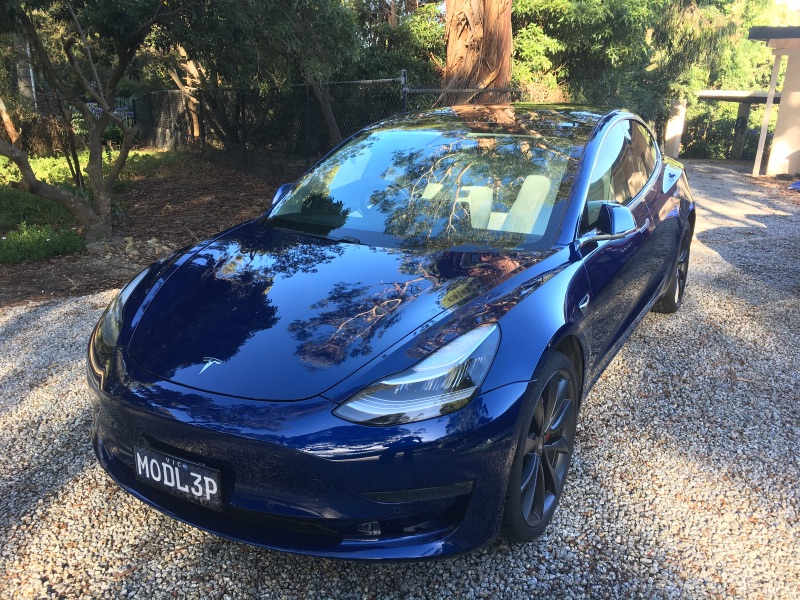
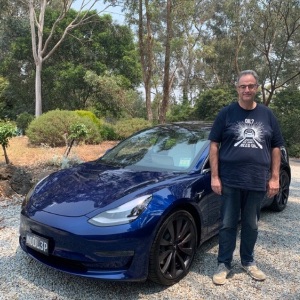 Michael from Melbourne
Michael from Melbourne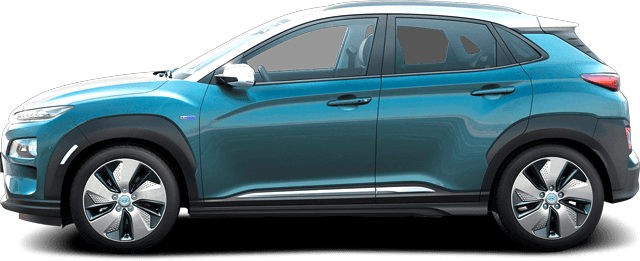
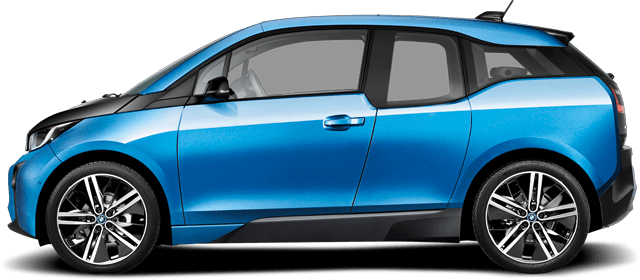
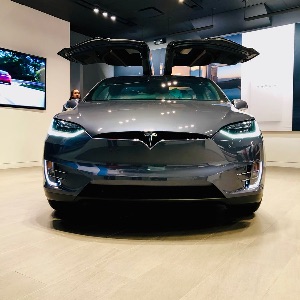 EVolution
EVolution
 Michael from Melbourne
Michael from Melbourne
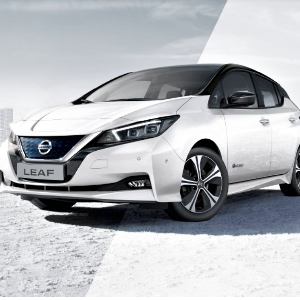 Leaf
Leaf
 Robert
Robert
 MATTHEWB
MATTHEWB
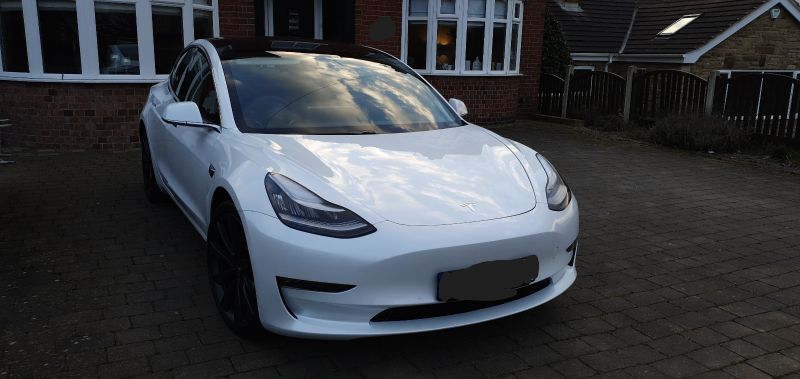
 sbarker108
sbarker108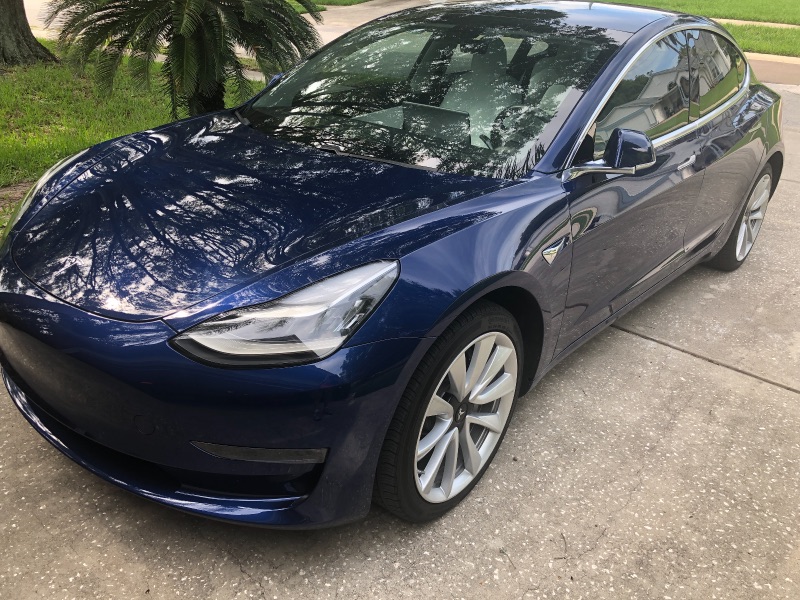
 TV man
TV man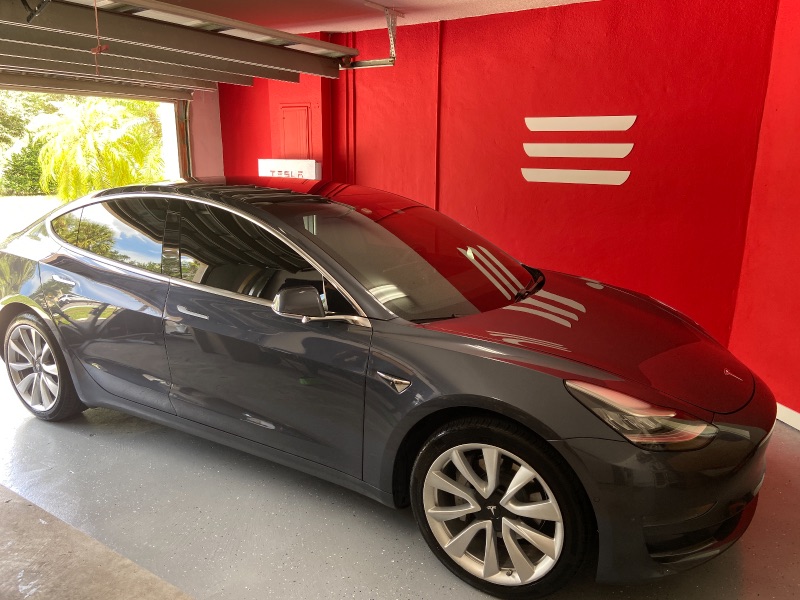
 Ruben
Ruben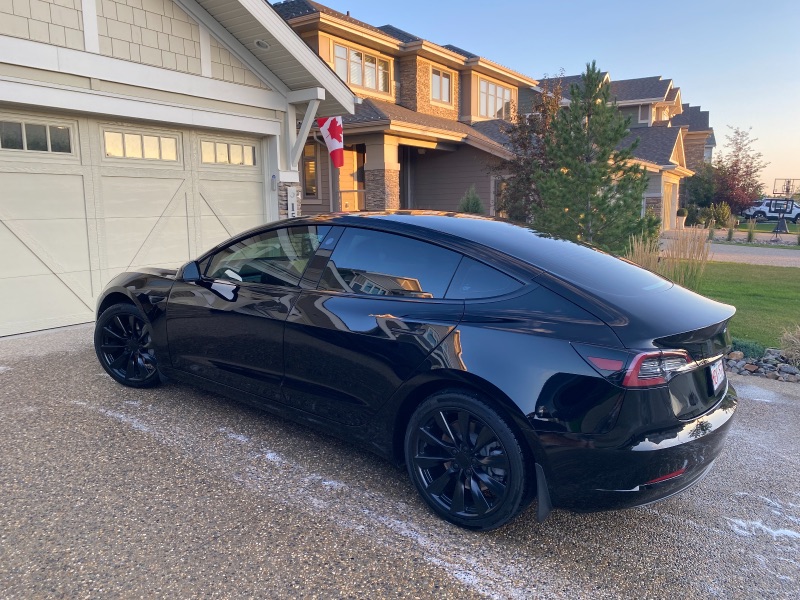
 Tsla_Steve
Tsla_Steve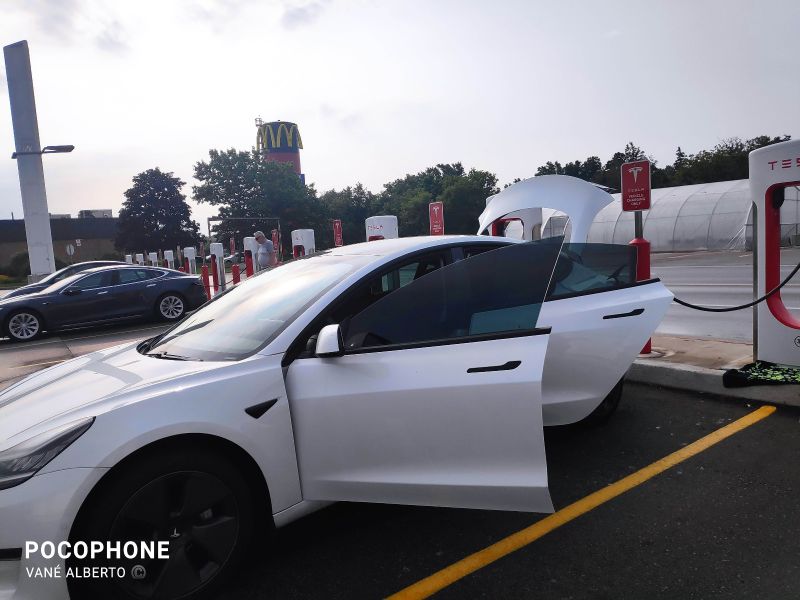
 Vane
Vane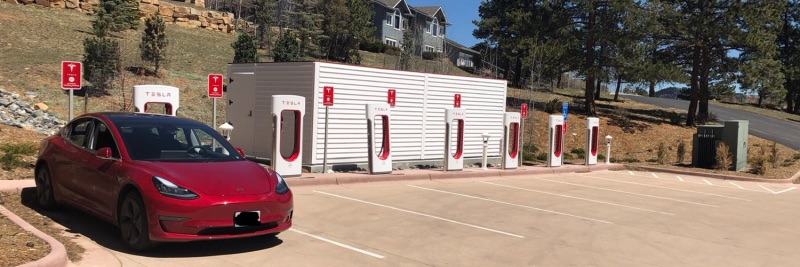
 oey192
oey192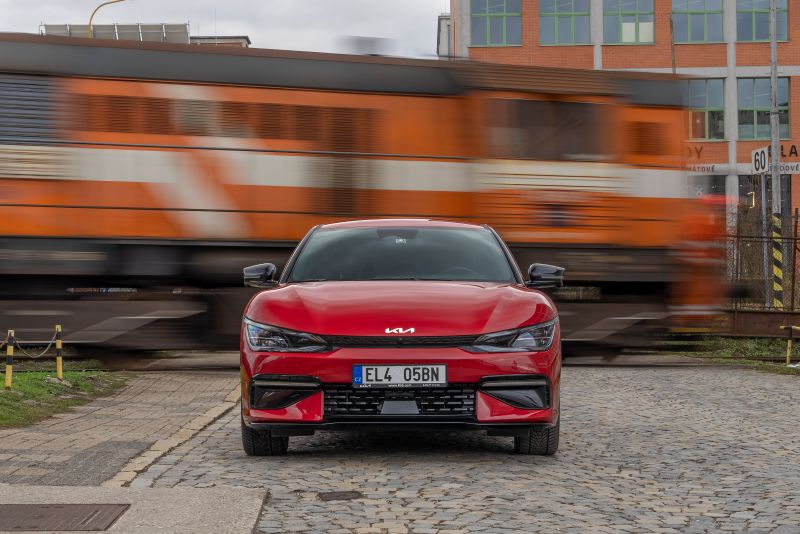
 Tomas
Tomas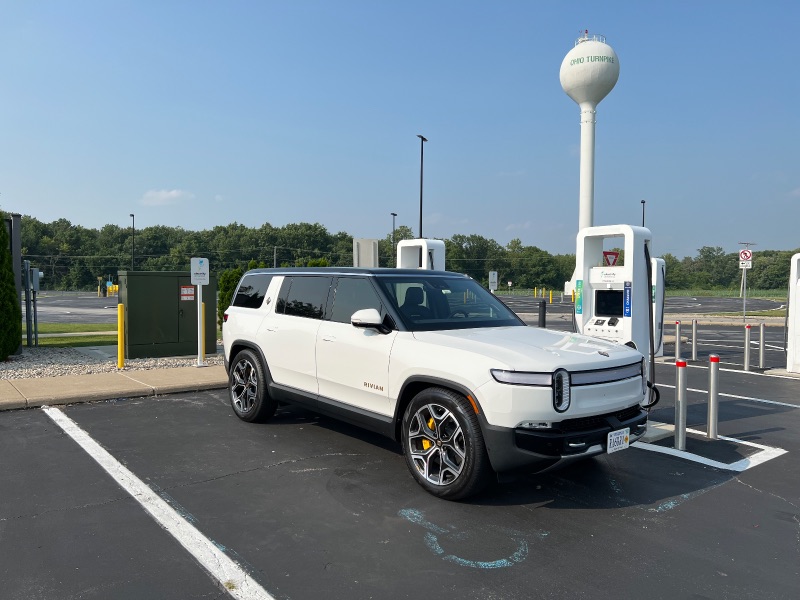
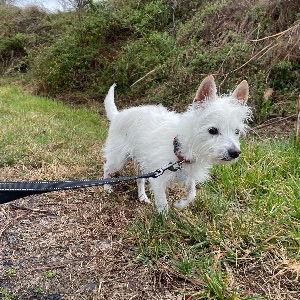 dongruike
dongruike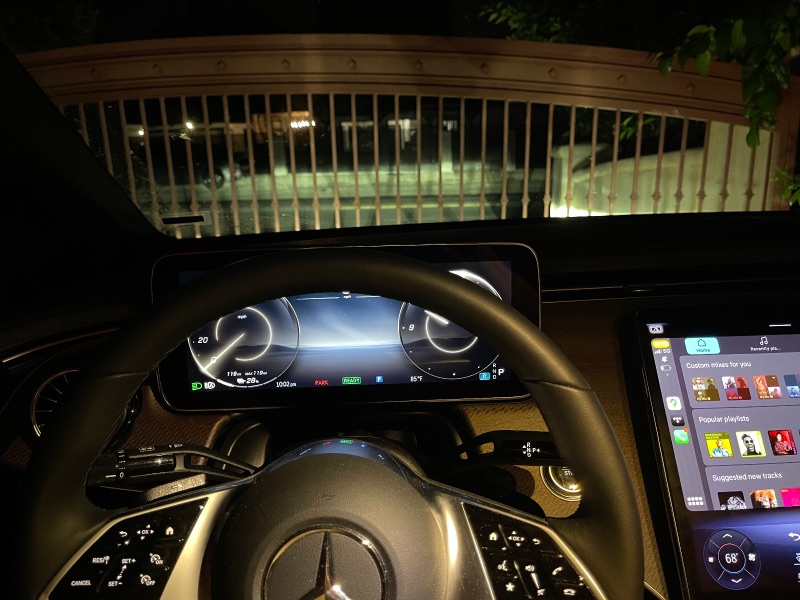
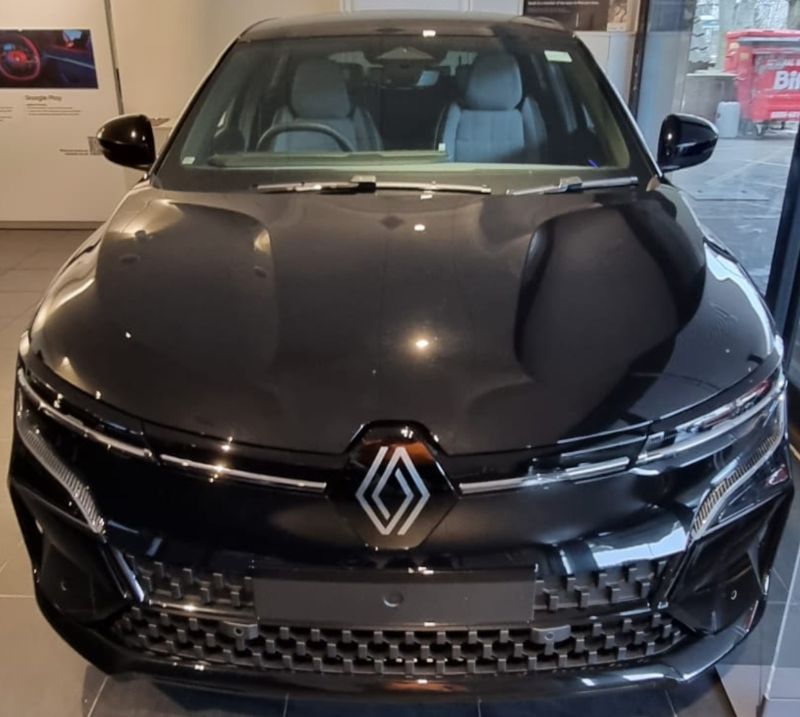
 TJWhiteStar
TJWhiteStar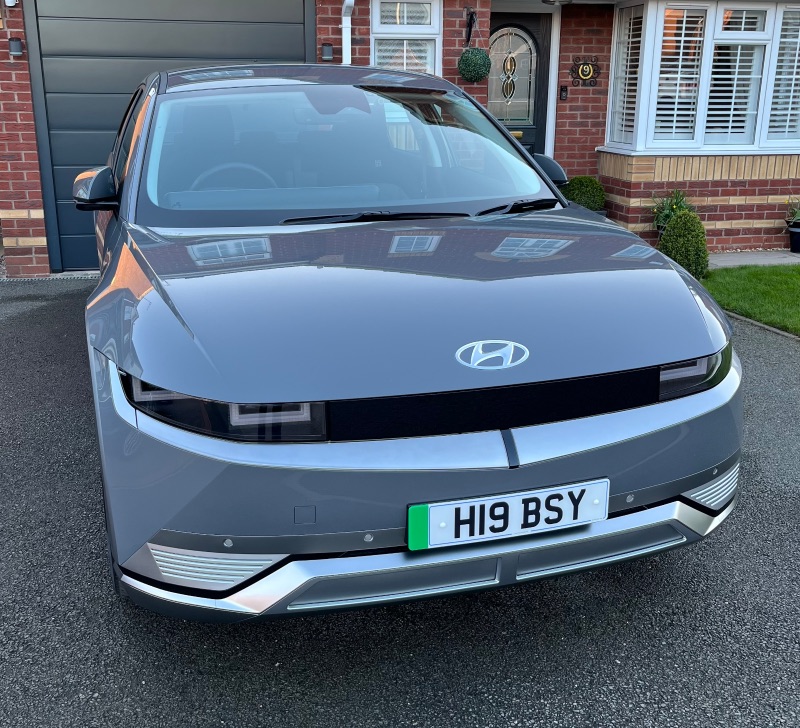
 Ant
Ant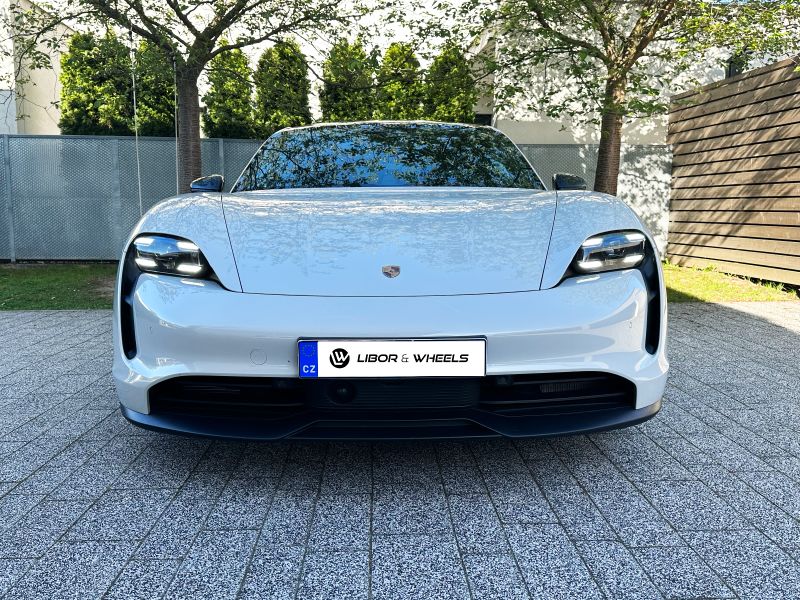
 libor&wheels
libor&wheels